The Pros and Cons of TPO Roofing
Your local
roofing company has a lot of roofing material options that you're likely not aware of, including TPO roofing. According to TPO Roofing, TPO was first launched in the 1990s as a more cost-effective and efficient alternative to PVC roofing materials. Today, TPO has evolved and offers numerous benefits for homeowners and property owners. Let's look at the pros and cons of using TPO for your roofing needs.
What Is TPO Roofing?
TPO stands for Thermoplastic Polyolefin. It's a membrane that's used in roofing. Your local roofing company is likely to have different options for your roof membrane, and each one of the materials brings value to the table. As such, evaluating the pros and cons of TPO roofing can help you to make an informed decision about which roofing material is right for your project.
What Are the Pros of TPO?
One of the biggest selling points of TPO is that it's highly resistant to UV ray damage, delivers chemical resistance, and resists mold growth. If these pros aren't enough, you get them all at a very affordable price. This durable material can also stand up to a lot of wear and tear and exposure without showing a sign of damage. This makes TPO roofing a very appealing roofing material for homeowners and business owners.
What Are the Cons of TPO?
TPO must be heat welded. Why? The seams of the TPO have to be heat welded to ensure proper installation and avoid leaks. Not every roofing company has the skill set to manage this type of installation, so you'll need to ensure you choose a roofing company with experience in TPO installation. Installing TPO also does take a bit more effort than installing other roofing materials, but it can be well worth the extra time.
Ensuring that you choose the roofing materials that are right for your property starts with connecting with a roofing company that offers a full range of roofing solutions. Are you in need of roofing solutions for your home or business? Call us today at JRT Roofing & Waterproofing Inc. to learn more about your options when it comes to TPO roofing or different roof membrane options.
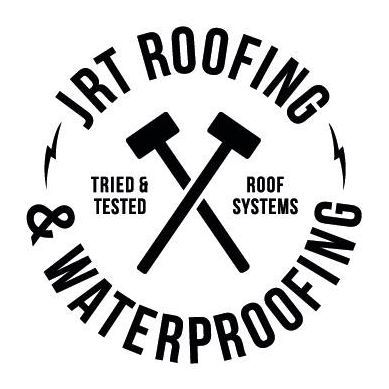
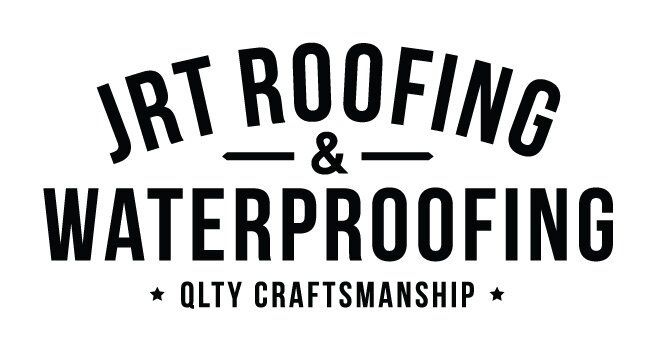
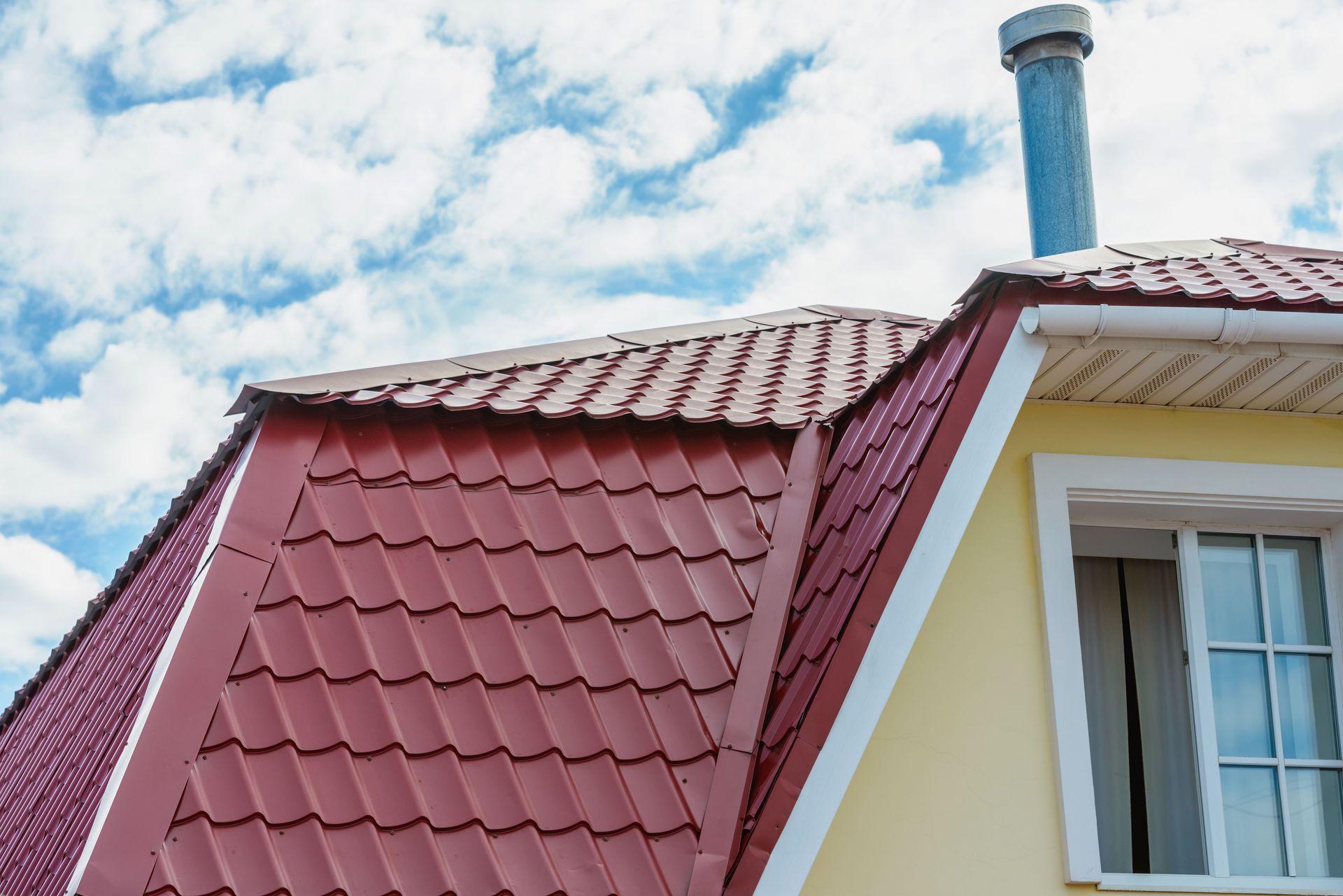
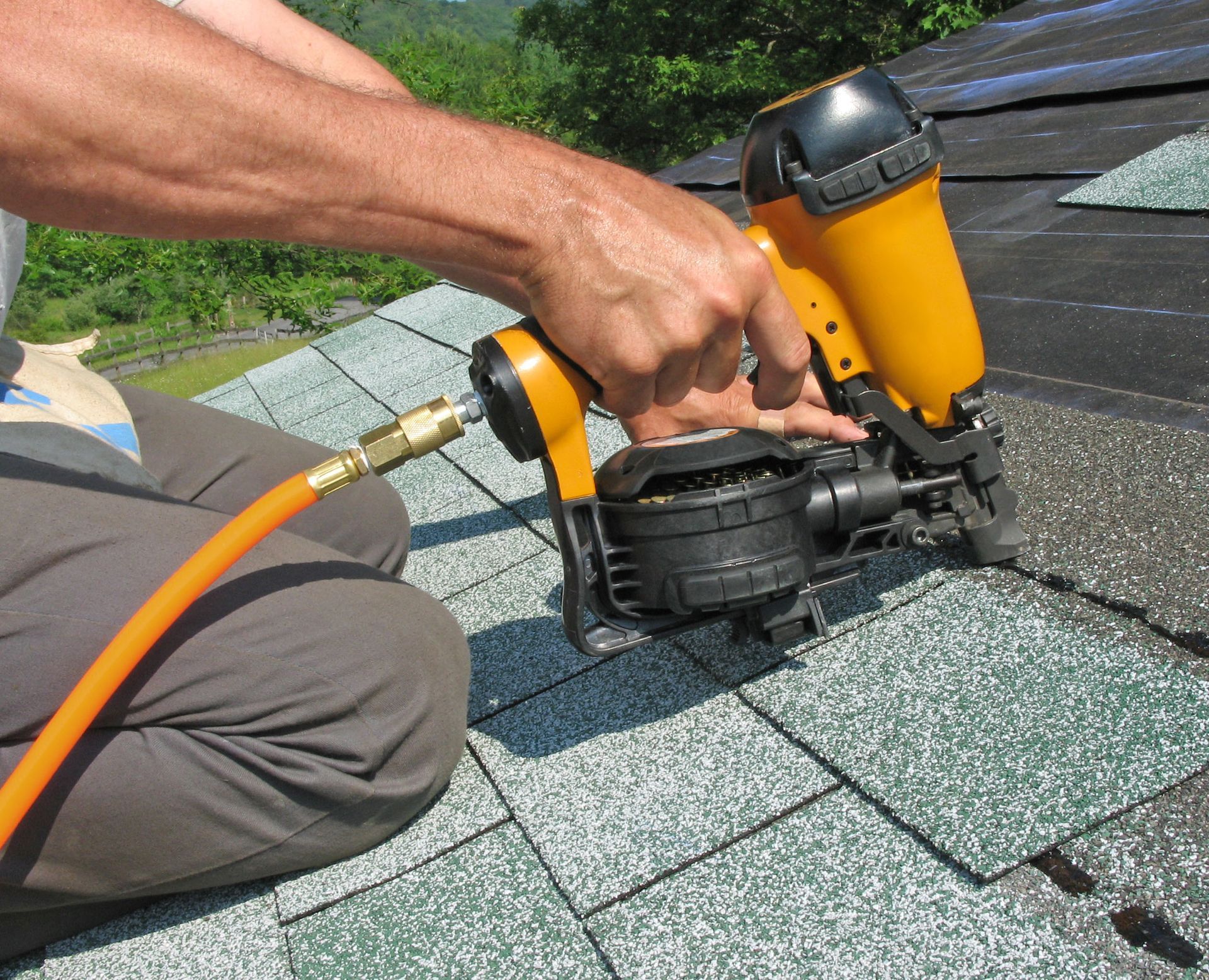
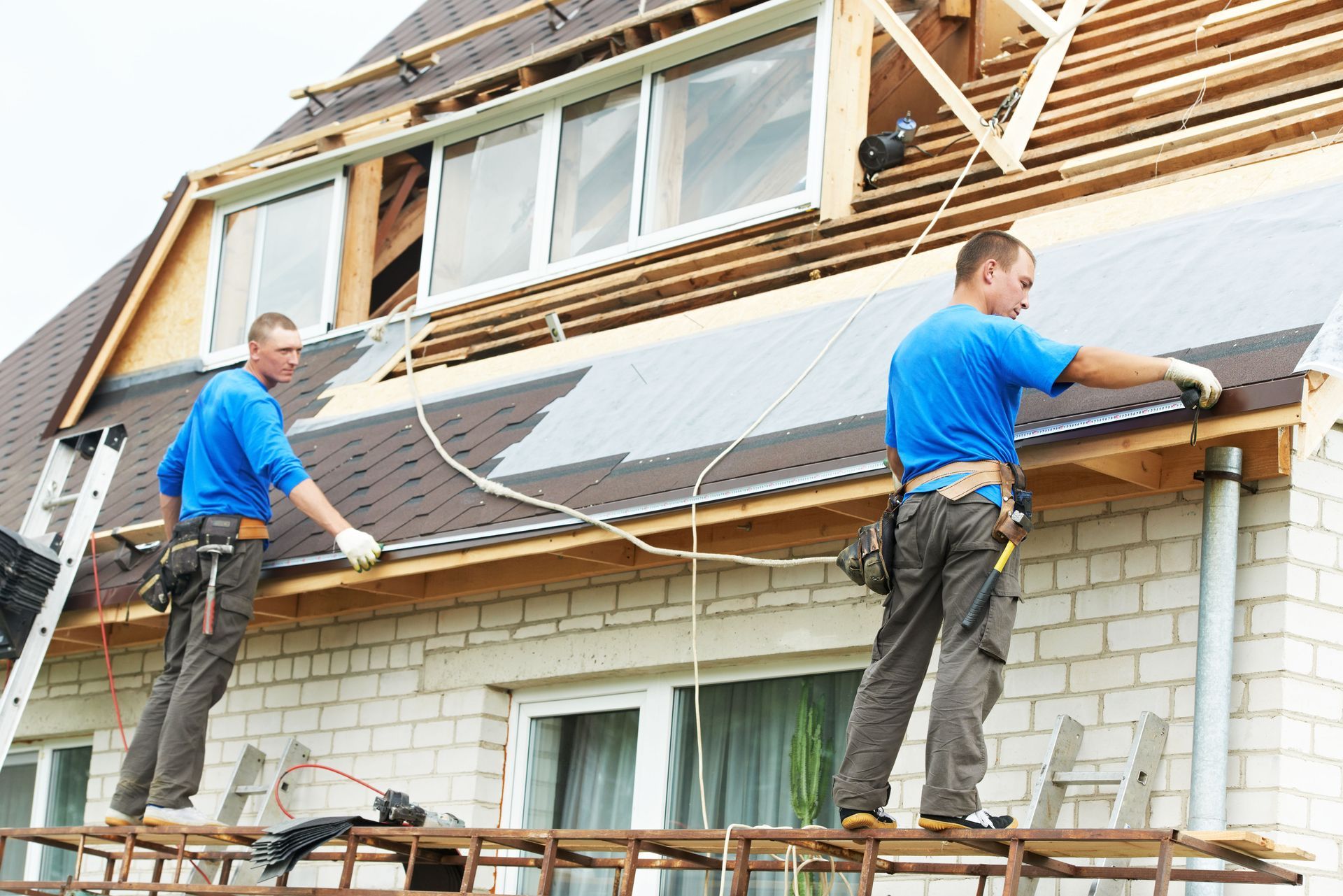
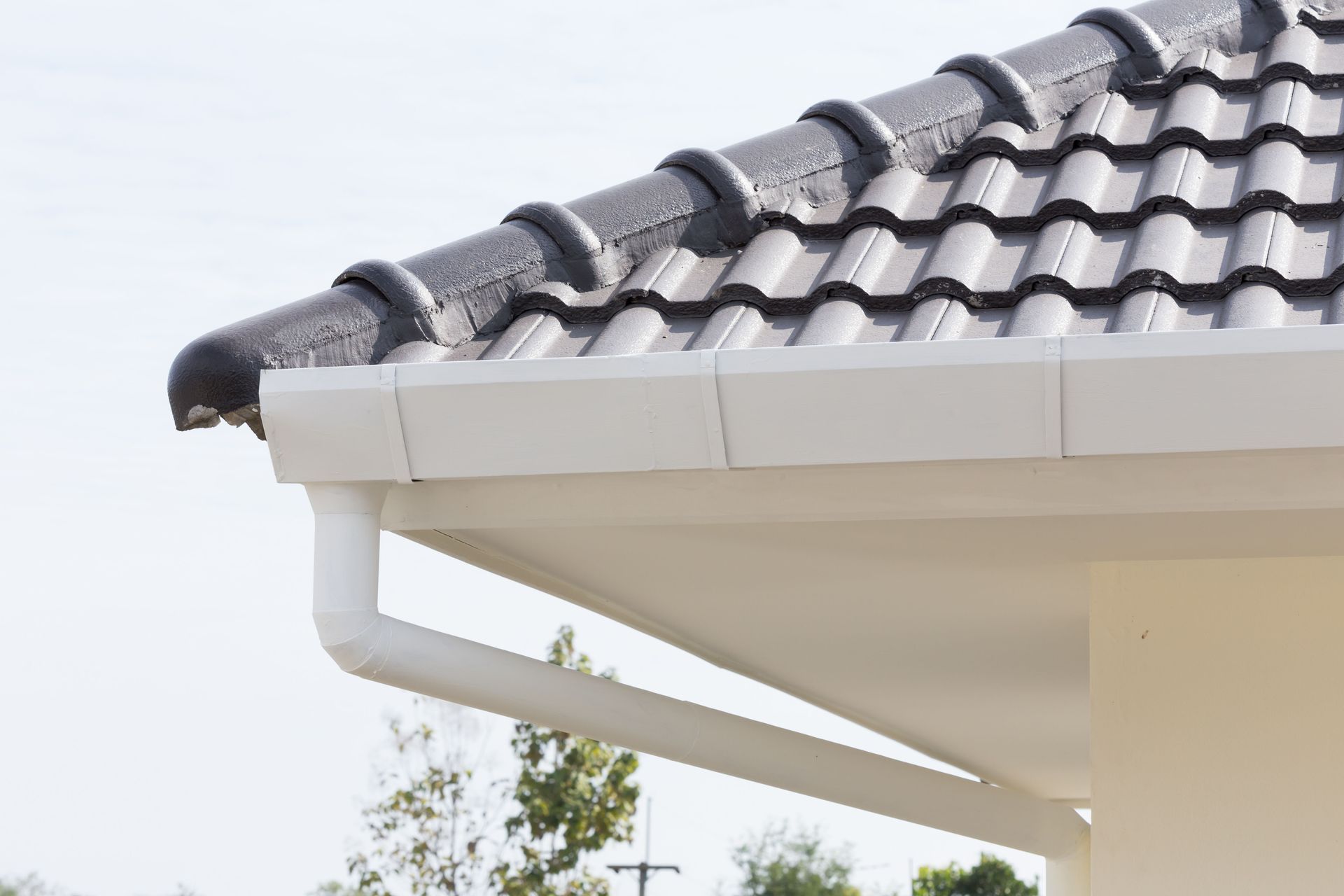
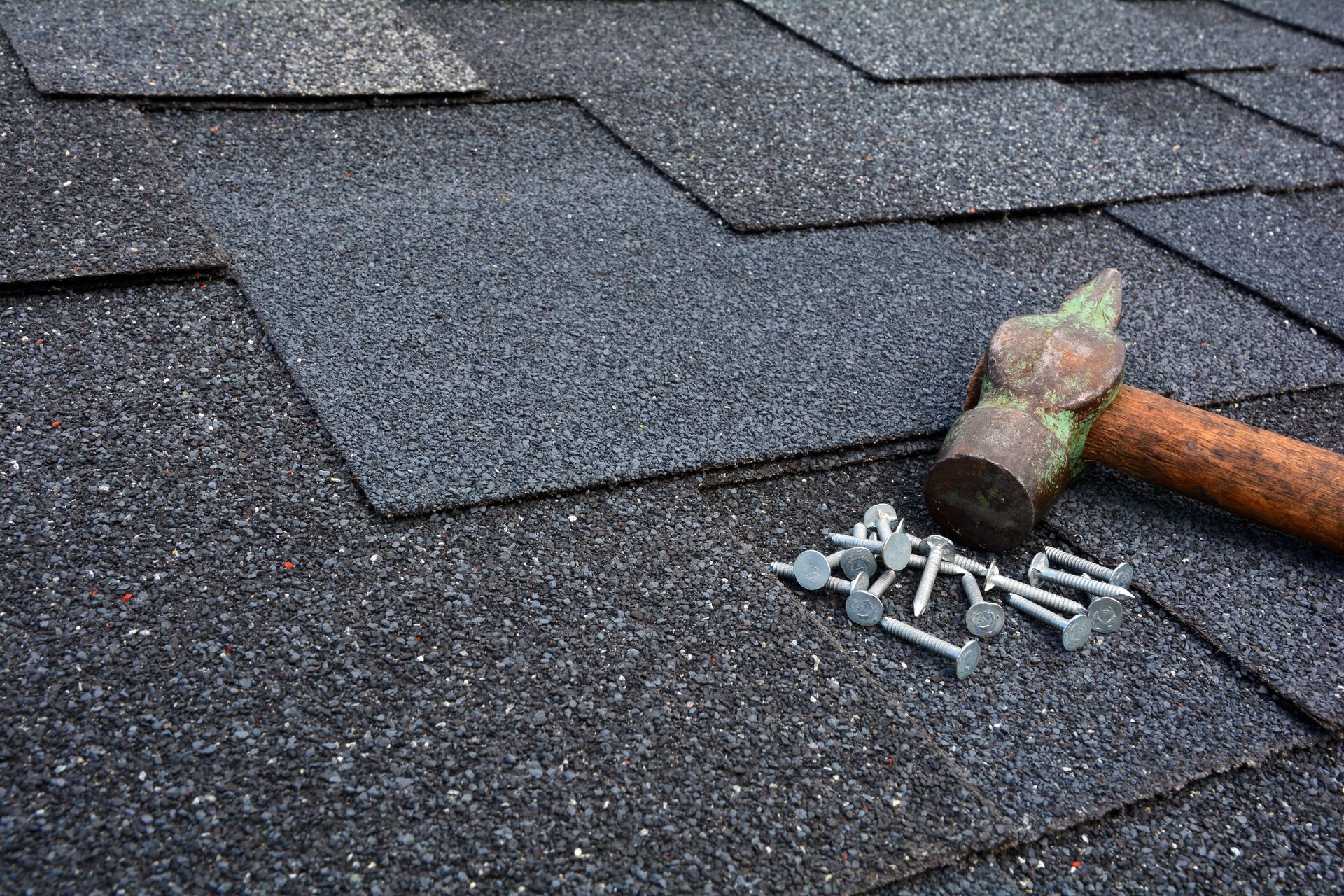
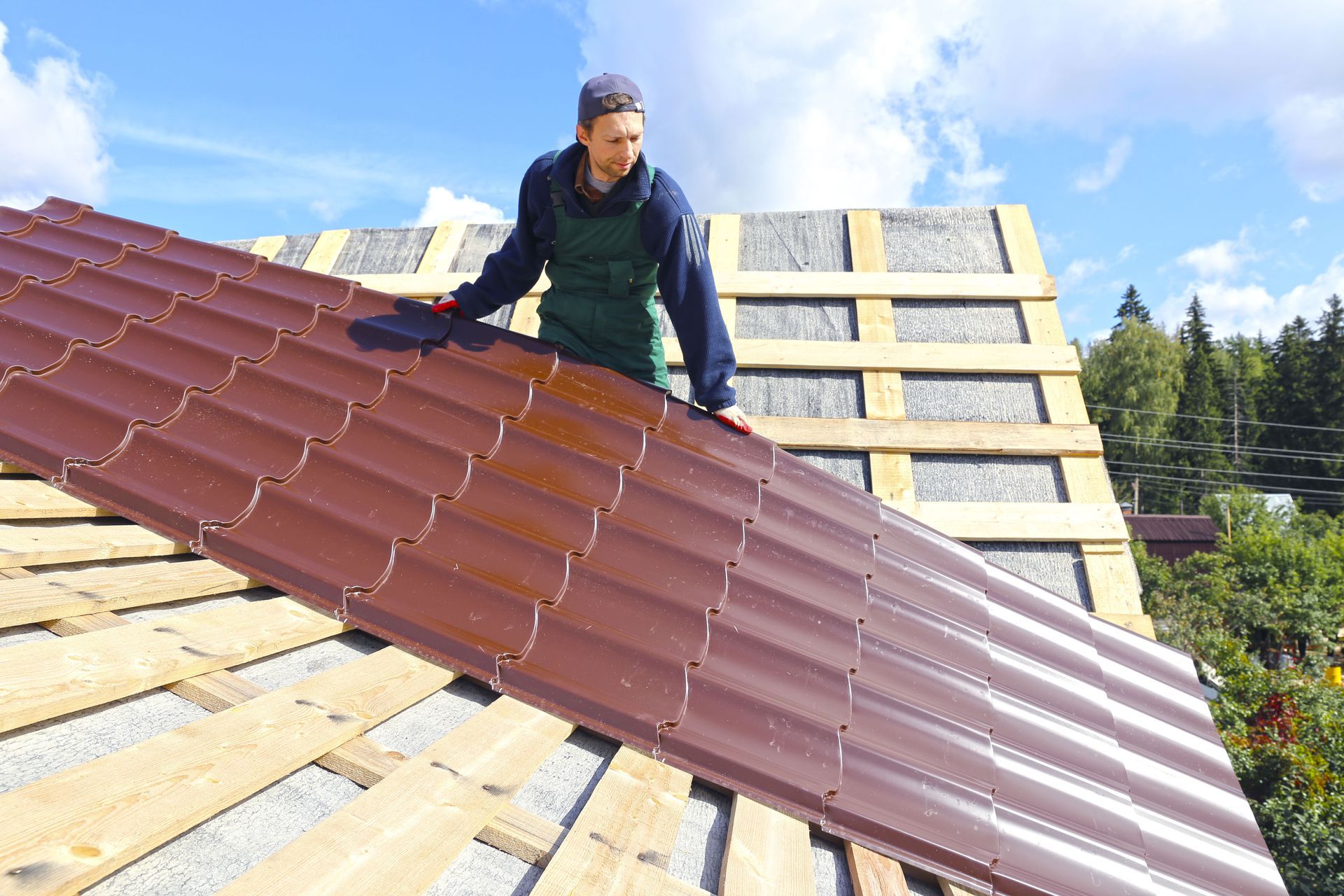
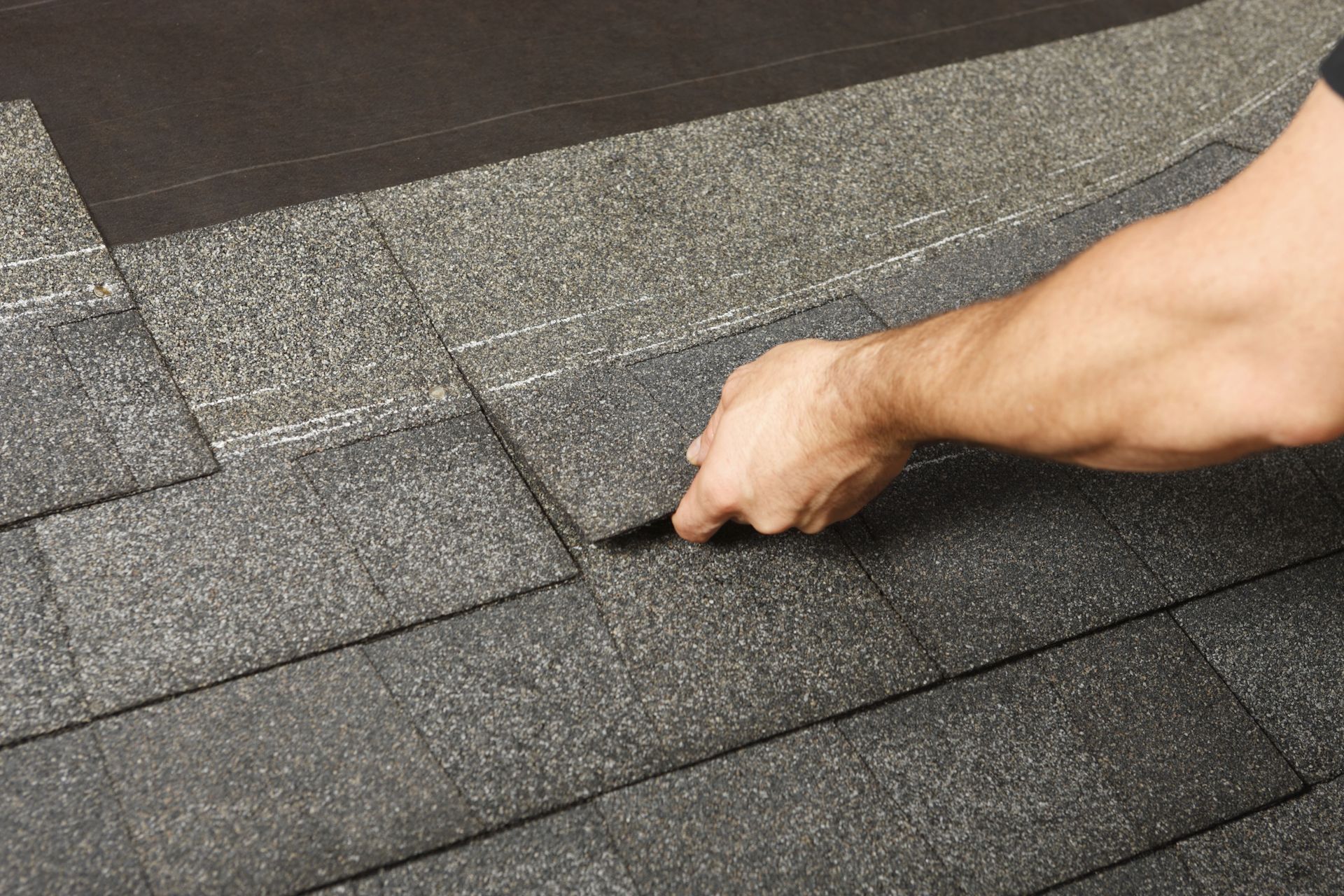
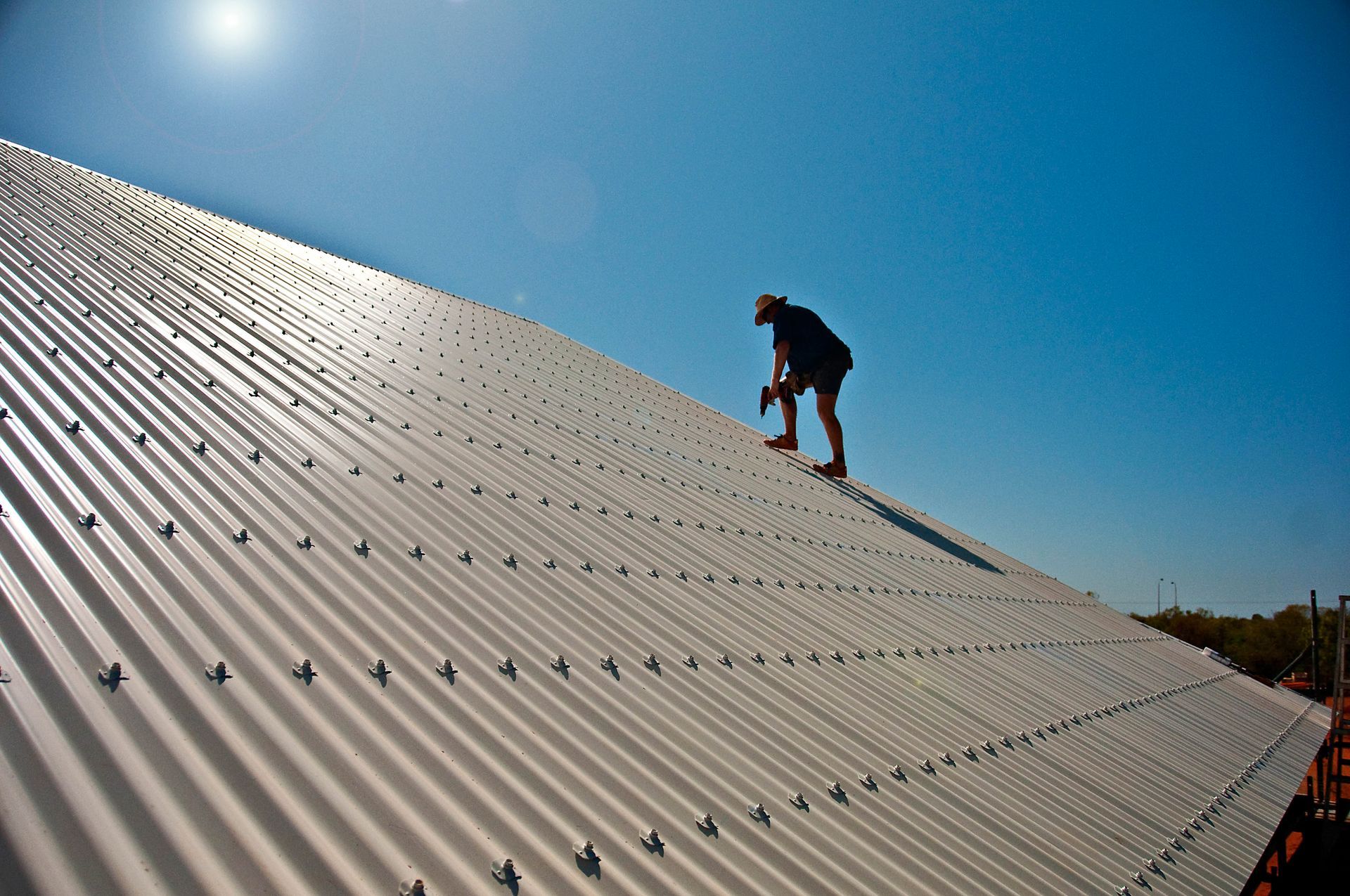

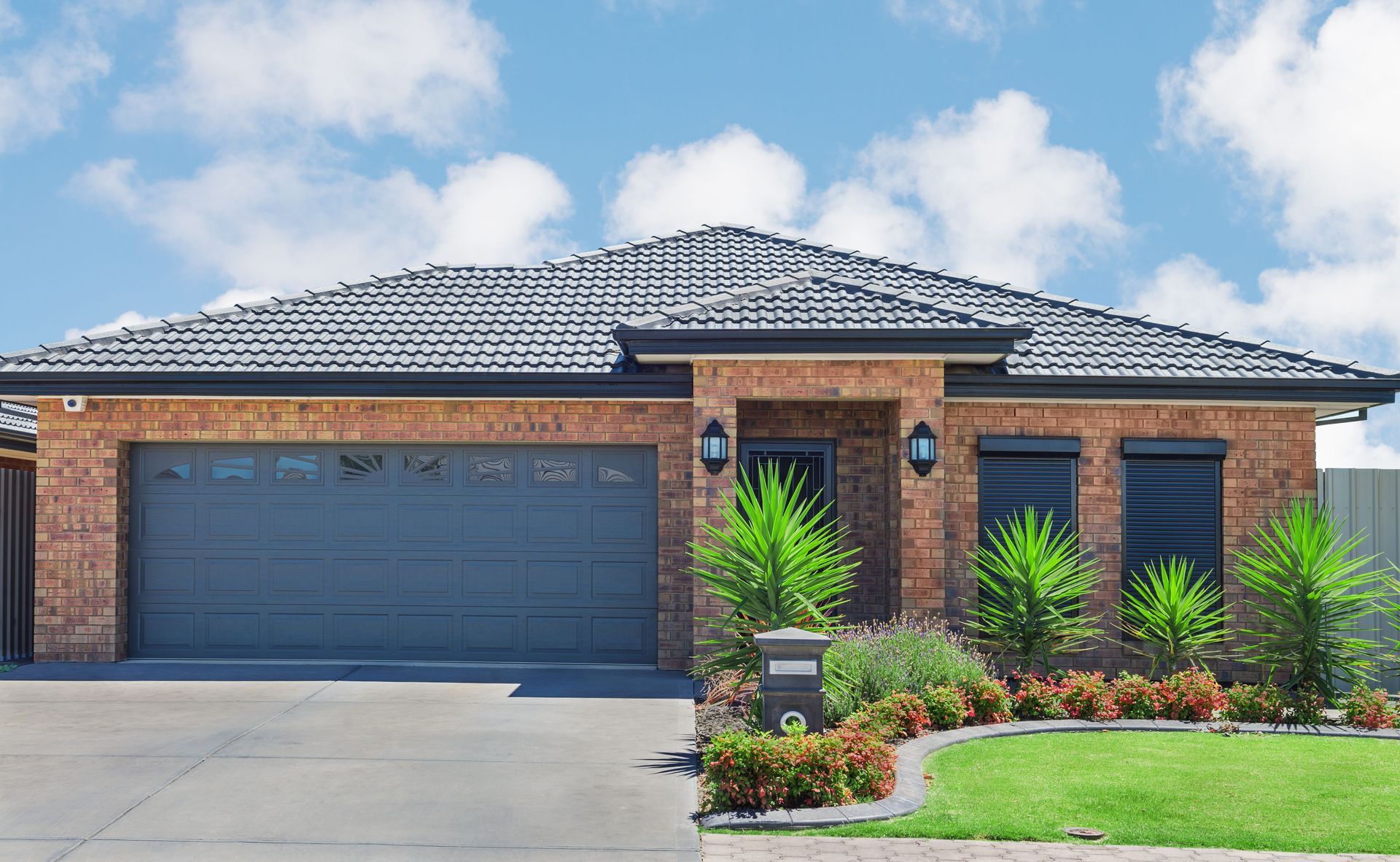
Share On: